Our Services
In today’s technology-driven wave of global trade, electric and battery products are ubiquitous. From the smartphones and tablets we use daily to various smart home devices and power tools, they have greatly facilitated our lives. However, when it comes to international logistics transportation, a series of complex issues arise.

we have professional transportation channels that can “escort” such goods. Our team is well – versed in global regulations. We carefully package products according to their characteristics and use special materials for protection. We cooperate closely with customs, complete procedures in advance, and ensure smooth passage. Whether it’s for urgent restocking or large – scale exports, we can provide precise, efficient, and safe transportation services, helping our customers seize the initiative in the international market.
Definitions of Electric and Battery Products
Electric Products:
Usually refer to products equipped with rechargeable batteries, dry batteries, or other power supply devices, which rely on electricity to achieve specific functions. For example, our commonly used laptops are equipped with lithium batteries inside to power on the system and run various programs; and wireless earphones use built-in button batteries to achieve wireless connection and audio playback.
These all fall into the category of electric products. Their scope is extensive, covering multiple fields such as consumer electronics, medical devices, and industrial equipment.
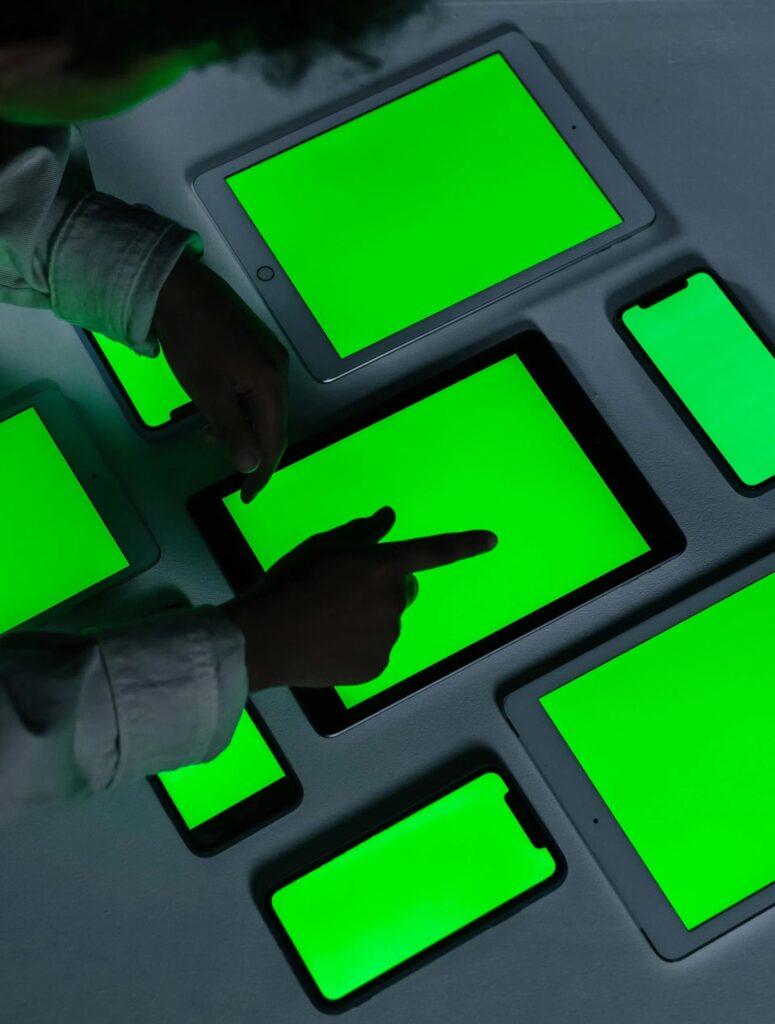

Battery Products:
Mainly refer to products where various batteries are sold or transported independently, including common lithium-ion batteries, nickel-metal hydride batteries, lead-acid batteries, etc.
For instance, the large-capacity power battery packs used in new energy vehicles are manufactured, sold, and transported separately as the core power source of the vehicle; and the replaceable flashlight batteries for emergency lighting appear on the market in individual packaging forms, specifically designed to fit different electrical equipment.
Difficulties and Restrictions in International Logistics Transportation
Air Transport Restrictions:
Safety Risks: Batteries may overheat, short-circuit, or even explode under special circumstances. Especially in the high-altitude air pressure and low-temperature environment during a flight, this risk is further amplified. For example, if a lithium battery is improperly packaged and the internal cells short-circuit due to bumps and squeezes during transportation, it is very likely to cause a fire and endanger flight safety.
Strict Regulatory Constraints: Organizations such as the International Air Transport Association (IATA) have formulated stringent rules for the air transport of battery products, with clear limitations on details such as battery type, capacity, and packaging methods. Generally, the rated energy of lithium-ion batteries needs to meet specific standards, and those exceeding a certain value are prohibited from being transported as passenger baggage or cargo.
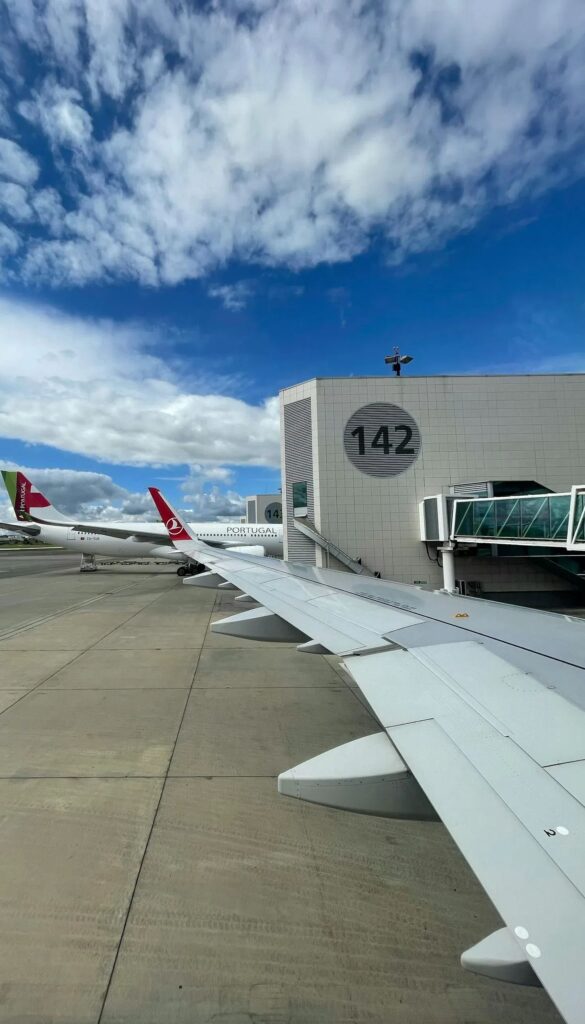

Sea Transport Challenges:
Corrosion and Leakage Risks: Some batteries contain corrosive electrolytes. During long sea voyages, if encountering rough sea conditions, a high-temperature and high-humidity environment, or packaging damage, the electrolyte may leak, not only damaging other goods in the same batch of transportation but also corroding the ship and affecting navigation safety.
Complexity of Customs Inspection: Customs in different countries have significantly different import standards for battery products, with their own regulations regarding battery components, environmental requirements, and product certifications.
Some countries strictly restrict the import of batteries containing heavy metals such as mercury and cadmium, requiring detailed component descriptions, proof of harmless treatment, and product certification documents that meet local standards, which greatly increases the difficulty and uncertainty of sea freight customs clearance.
Key Points for Transportation Operations
Product Compliance Certification:
Ensure that the products obtain the necessary certifications required by the target market, such as the CE certification in the European Union and the FCC certification in the United States. These certifications are the “keys” for products to enter the local market, demonstrating that the products comply with local regulations in terms of safety and electromagnetic compatibility.

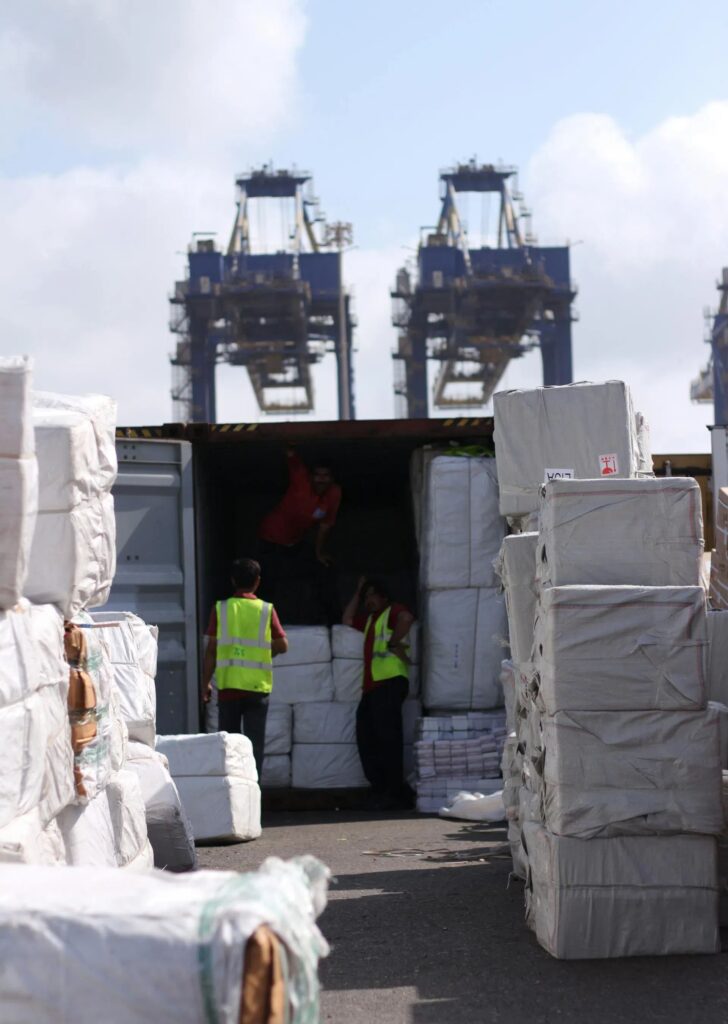
Professional Packaging:
The inner packaging uses fireproof and insulating materials to firmly wrap the batteries or electric products to prevent short circuits or damage caused by collisions and frictions during transportation. For example, for lithium-ion batteries, special plastic foam can be used to fix them tightly to avoid cell displacement.
The outer packaging selects sturdy cartons or wooden boxes with sufficient compressive and shock-resistant capabilities, and clearly mark warning signs such as “Electric Product”, “Handle with Care”, “Moisture-proof”, as well as product-related information such as battery type, capacity, and voltage, facilitating identification and operation by transportation personnel.
Complete Document Preparation:
To transport these two types of products, a series of key documents and certificates are required, as follows:
Commercial Invoice: Clearly state the name, specifications, quantity, unit price, and total price of the goods. It serves as the basic voucher for trade transactions and facilitates customs valuation and inspection.
Packing List: Clearly list the packaging form of the goods, the specific contents of each box, the number of pieces, gross weight, and net weight, facilitating loading and unloading during transportation, warehousing, and customs clearance verification at the destination.
Product Manual: Provide a detailed description of the functions, characteristics, usage methods, and technical parameters of the electric or battery products, helping customs understand the nature of the products and determine whether they meet import requirements.
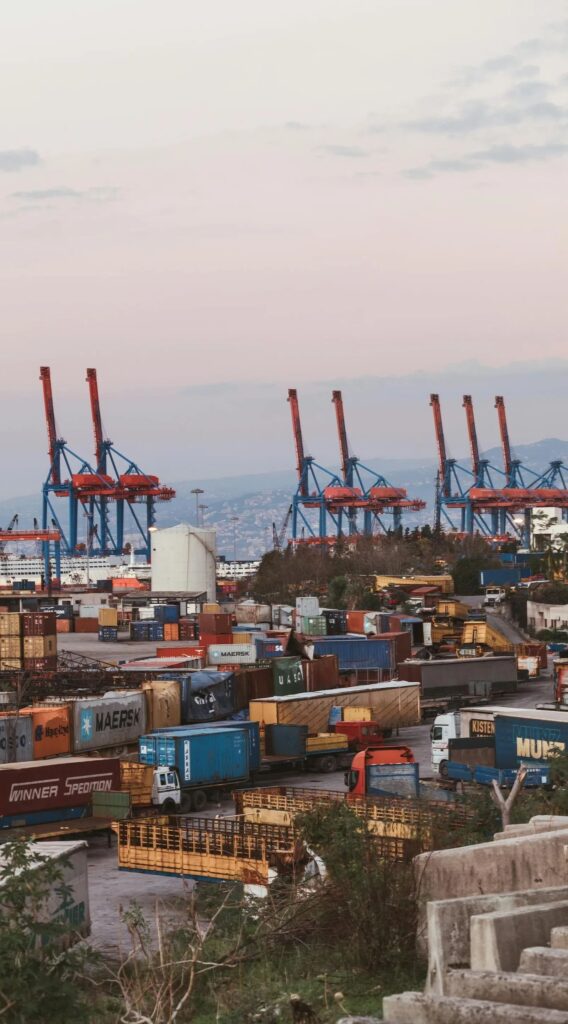

Battery Test Report: Issued by a professional testing agency, it includes various performance indicators and safety test results of the battery, proving that the battery quality is qualified and meets transportation standards.
Dangerous Goods Declaration Form (if applicable): When the goods are identified as dangerous goods, this form must be filled out to declare details such as the dangerous characteristics, packaging category, and emergency measures of the goods to ensure transportation safety.
Certificate of Origin: Used to prove the country of origin of the goods. Some countries or regions may offer tariff preferences or trade facilitation measures for specific products based on the certificate of origin.
Introduction to Transportation Modes
Air Freight:
Advantages: It is fast and time-sensitive, able to meet the needs of urgent orders or customers with strict time requirements. For some high-value, fast-updating electric products, such as new models of smartphones, air freight can ensure quick shelf placement and seize market opportunities.
Applicable Scenarios: Suitable for small-batch, high-value-added electric and battery products that are sensitive to transportation time, especially during the initial product promotion stage or in response to seasonal sales peaks. Air freight can quickly replenish market supplies.
Related Requirements: In addition to following the IATA packaging and certification rules mentioned above, the shipper needs to book cargo space with the airline in advance to ensure that the goods can be loaded and transported on time. At the same time, the goods need to pass strict inspections by the airport security department before loading to ensure there are no safety hazards.
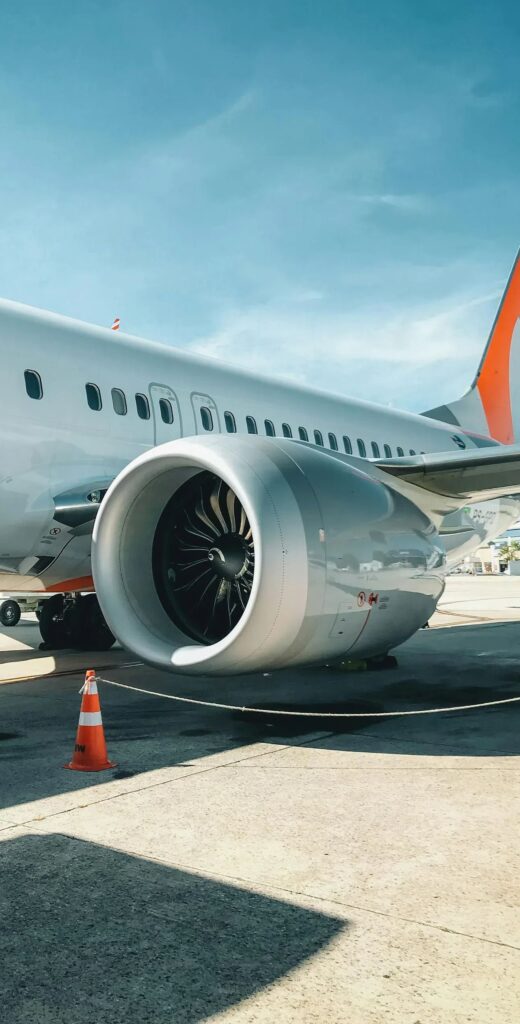
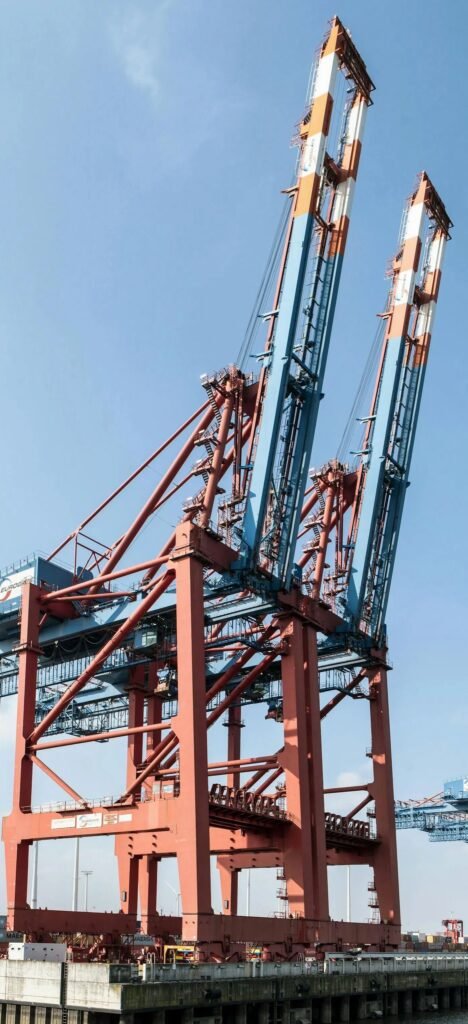
Sea Freight:
Advantages: The transportation cost is low, suitable for long-distance transportation of large quantities of goods. For some large battery energy storage devices and industrial electric machinery that are large in volume and weight, sea freight can significantly reduce transportation costs and enhance the market competitiveness of products.
Applicable Scenarios: Applicable to non-urgent, large-batch goods transportation with strict cost control. For example, a solar panel manufacturer that supplies a large number of products overseas for a long time can rely on sea freight to stably ensure the continuous operation of the supply chain and reduce operating costs.
Related Requirements: The goods packaging must comply with the International Maritime Dangerous Goods Code (IMDG Code) to ensure safety in the harsh marine environment. The shipper needs to declare detailed information about the goods to the shipping company in advance, including battery type, quantity, packaging form, and cooperate with the shipping company to properly stow and segregate the goods to prevent mutual interference between different nature goods.
Our Transportation Service Coverage
We have an extensive transportation network and currently provide professional transportation services for electric and battery products to the United States, Canada, EU countries, the United Kingdom, the Middle East, Southeast Asia, and other regions. Whether you are an electronics manufacturer promoting new products to European and American markets or a new energy enterprise delivering battery energy storage devices to the Middle East, we can rely on our rich experience and professional team to ensure the safe and efficient delivery of your goods.
If your destination is outside the above range, please contact us in time. We will confirm whether we can provide corresponding service coverage to meet your transportation needs.
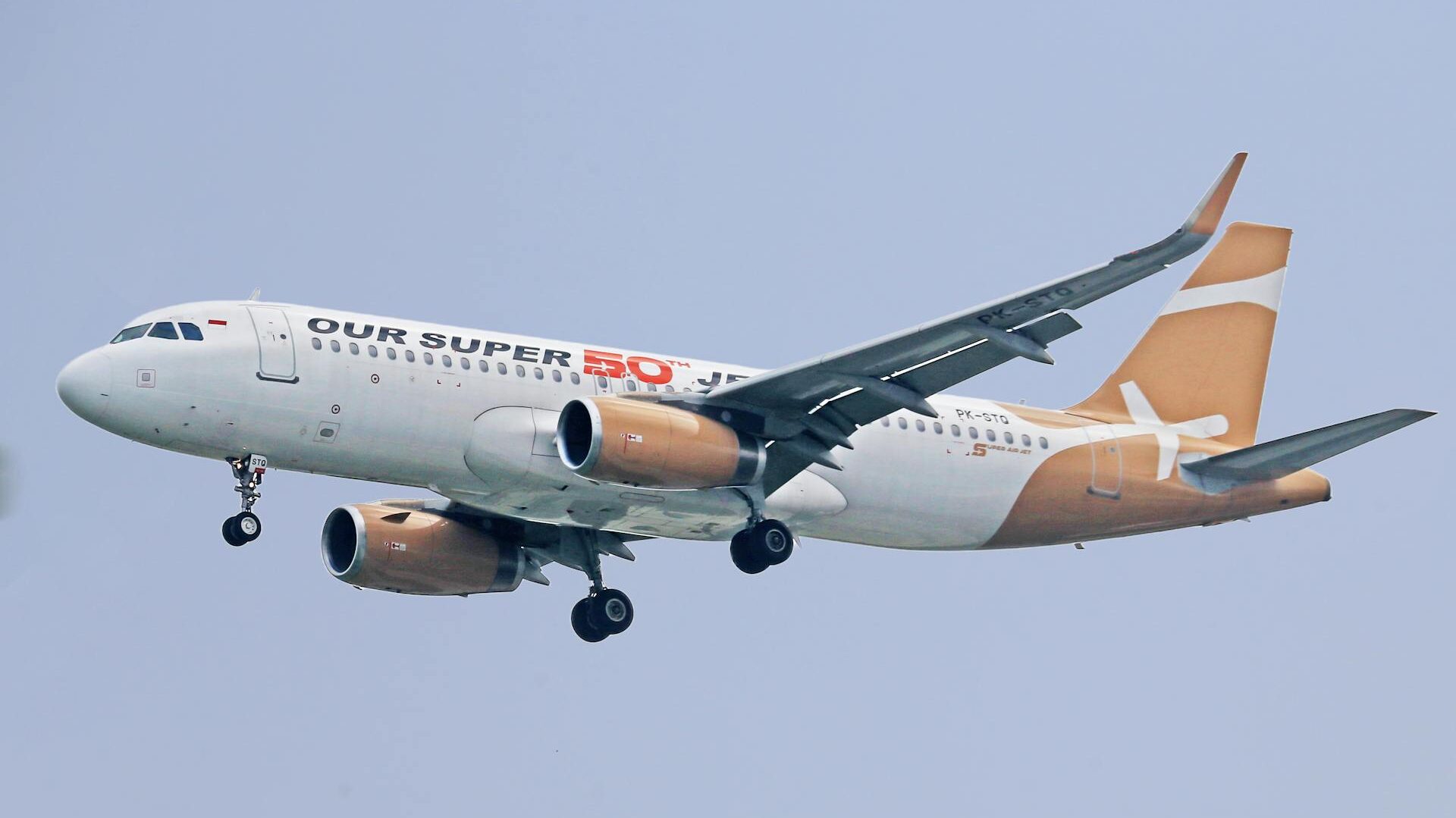
Overview of the Transportation Process
Booking:
According to the characteristics, quantity, and transportation time requirements of the goods, select an appropriate airline or shipping company, submit a booking application, and provide detailed information about the goods and the required documents.
Packaging Inspection:
Package the products according to the packaging standards of the corresponding transportation mode, and invite professional inspection agencies or inspection personnel designated by the carrier to inspect the packaging to ensure it is qualified and obtain an inspection report or certificate.
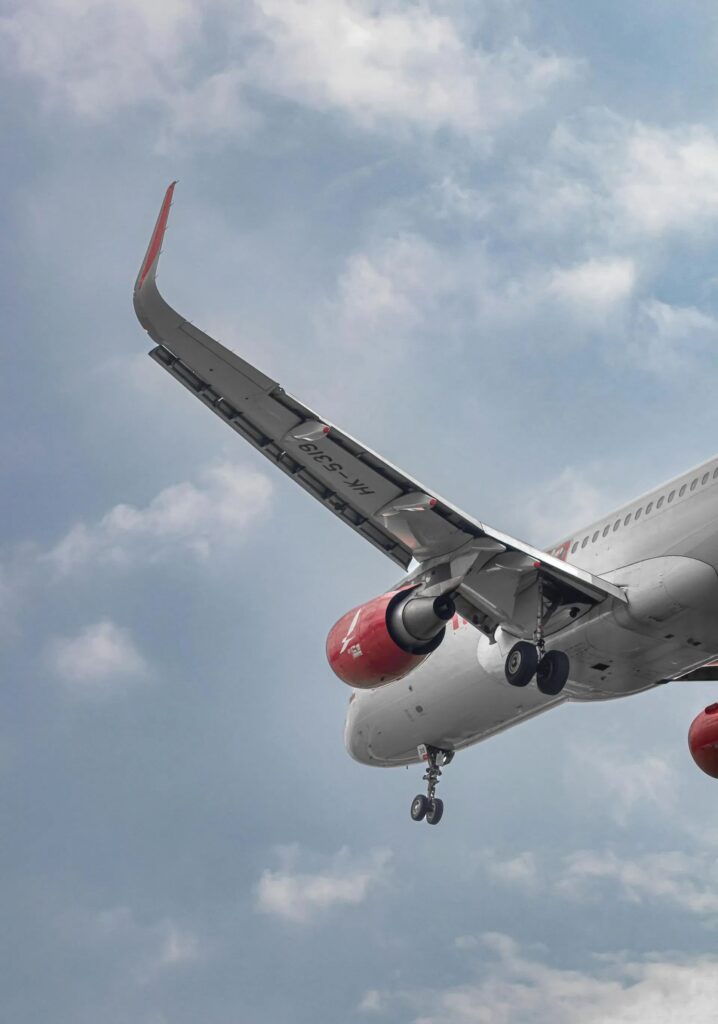

Customs Declaration and Inspection:
At the place of departure, submit complete customs declaration and inspection documents according to the requirements of the local customs and commodity inspection departments, truthfully declare the goods information, and accept inspections. The destination also needs to make preparations for import customs clearance in advance to ensure the smooth entry of the goods.
Transportation Execution:
Use the selected transportation mode to dispatch the goods. For air freight, pay real-time attention to flight dynamics; for sea freight, pay attention to the ship’s navigation track to ensure the goods arrive on time.
Delivery and Sign-off:
After the goods arrive at the destination, the consignee checks them against documents such as the packing list and invoice. After confirming that everything is correct, the consignee signs for receipt, completing the transportation process.
Understanding these key points of international logistics for electric and battery products is crucial for related enterprises to expand overseas markets and ensure the stability of the supply chain. Only by strictly following the regulations and carefully preparing each transportation link can the safe and efficient transportation of goods be achieved.

Build Amazing WordPress website
Professional operation, strict risk control, and reduced transportation costs!
Click on the link below to contact us





